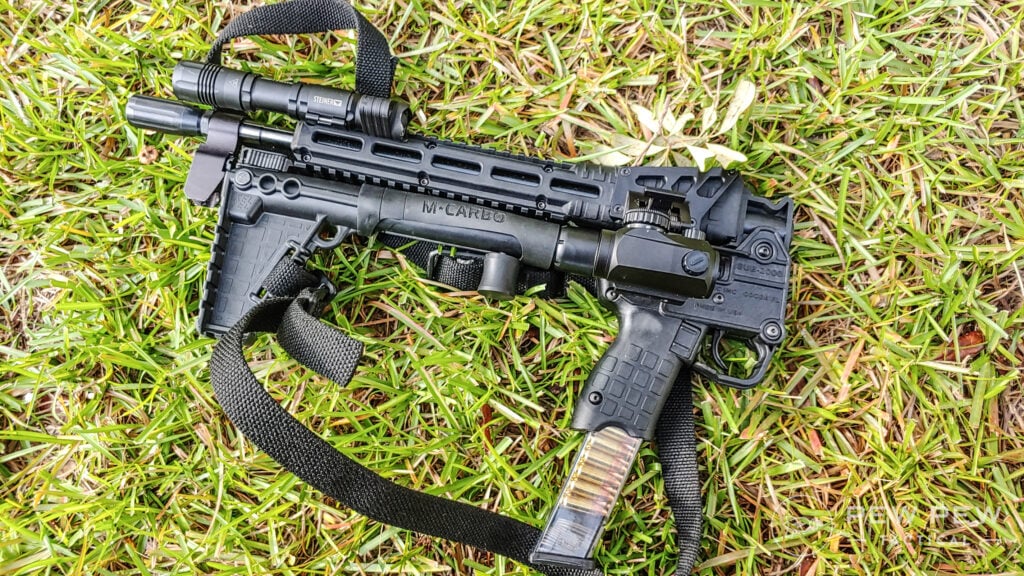


Yet another appealing aspect of the design: It’s fed by a variety of popular high-capacity pistol-round magazines including Smith & Wesson M&P, Sig Sauer P226, Beretta 92 or Beretta 96, and Glock 17, Glock 19, Glock 22, or Glock 23. Bullets head downrange like a scalded rabbit, delivering the impact of a hot. The newbie Sub2K’s 16.1 inch barrel adds a lot of potency. Kel-Tec’s designers kept the original’s Sub-9’s cheap(ish)-to-shoot 9mm parabellum chambering. Kellgren’s mob sent it to market with a significant reduction in the weapon’s price tag: About half of the former Sub-9’s MSRP $700-to-$800 price tag. It’s equipped with a space-age polymer receiver that requires significantly less tooling than the original steel version. Cost, production and reliability concerns stunted sales and killed margins.Īs its name implies, Kel-Tec introduced the replacement Sub2K carbine at the turn of the millennium as a “new-and-improved” version of the Sub-9. The company pulled the original Sub-9 folding carbine, introduced by Kel-Tec in the mid-90s, after only a few years. The Kel-Tec Sub2000 (or Sub2K) is Kellgren’s second attempt at the folding carbine concept. Since 1995, his baby’s been manufacturing small, affordable semi-auto pistols, expanding to carbines and rifles in 9mm, 40 S&W and 5.56mm (amongst others).Īccording to the ATF, Kel-Tec is now the third largest handgun maker in the US. In 1991, Kellgren lived the dream, founding Kel-Tec CNC Industries in Cocoa Beach, Florida. After making his gun-designer bones for foreign firms, Swede George Kellgren landed in the Sunshine State to work for Swedish subsidiary Intratec, makers of the infamous TEC-9. Kel-Tec is yet another American firearms success story.


 0 kommentar(er)
0 kommentar(er)
